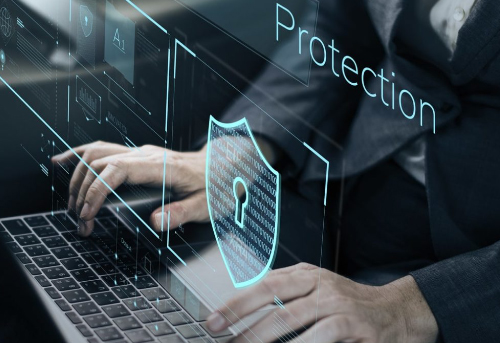Small to medium-sized enterprises (SMEs)
Data security is crucial for all businesses, but small to medium-sized enterprises (SMEs) face unique challenges. They often lack the resources to implement comprehensive cybersecurity measures, yet they are still attractive targets for cybercriminals due to their often less robust security infrastructures. Below are key data security considerations and practices SMEs should implement to protect their business data and systems:
1. Assess Your Risks and Data Sensitivity
Before you can secure your data, you need to understand the types of data your business holds and where the risks lie.
Identify Sensitive Data: Personal information (PII), financial records, intellectual property, customer data, and employee records are all sensitive.
Risk Assessment: Evaluate where your data is stored (cloud, on-premises, etc.), who has access to it, and potential threats (hacking, insider threats, phishing, etc.).
2. Implement Strong Access Controls
Limit access to sensitive data based on roles and needs.
Least Privilege Access: Only grant access to data necessary for the job.
Multi-Factor Authentication (MFA): Use MFA for systems that handle sensitive data to add an extra layer of protection.
Strong Password Policies: Encourage or enforce the use of complex passwords. Consider a password manager for employees.
3. Encrypt Data
Encrypting data protects it from unauthorized access, especially if it's intercepted or stolen.
Encrypt Data at Rest and in Transit: This ensures that data is protected both when stored on devices and when transmitted over the network.
Use SSL/TLS for Web Applications: Ensure that any sensitive data transferred over the web is encrypted using HTTPS (SSL/TLS).
4. Regular Software Updates and Patching
Unpatched software is one of the biggest vulnerabilities for businesses of all sizes.
Apply Security Patches: Regularly update operating systems, applications, and devices to patch vulnerabilities.
Automate Updates Where Possible: Use automated patch management tools to ensure timely updates without manual intervention.
5. Backups and Disaster Recovery Plans
Backing up data is one of the most effective ways to mitigate the risk of data loss from cyberattacks (e.g., ransomware) or other disasters.
Regular Backups: Schedule daily or weekly backups of critical data and store them in multiple locations (e.g., cloud, external drives).
Test Backups: Ensure that your backup data is usable and that you can restore it quickly in case of an emergency.
6. Employee Training and Awareness
Human error is one of the leading causes of data breaches.
Phishing Awareness: Conduct regular training sessions to educate employees about phishing attacks, social engineering, and suspicious email behaviors.
Secure Device Use: Ensure employees are aware of how to safely use company devices, especially when working remotely.
7. Firewall and Antivirus Software
Basic protective tools like firewalls and antivirus software are essential for detecting and preventing malware and other cyber threats.
Firewalls: Use firewalls to filter incoming and outgoing traffic and block unauthorized access to your network.
Antivirus Software: Use reliable antivirus software to scan for and eliminate malicious software from devices.
8. Secure Network Infrastructure
Ensure that your network is properly secured to prevent unauthorized access.
Use VPNs: For employees working remotely, ensure that they use a virtual private network (VPN) to encrypt internet traffic.
Wi-Fi Security: Protect Wi-Fi networks with strong passwords and ensure that they are encrypted (use WPA3 if possible).
9. Data Loss Prevention (DLP) Systems
DLP tools help to monitor, detect, and prevent unauthorized access, sharing, or loss of sensitive data.
Content Filtering: Set up rules to flag or block the sharing of sensitive information through email, cloud storage, or other communication channels.
Activity Monitoring: Track user activity on critical systems to detect unusual access patterns.
10. Vendor and Third-Party Risk Management
SMEs often rely on third-party vendors (e.g., software providers, contractors) for services, and any security weakness in those relationships can be a risk to your data.
Vendor Security Assessments: Ensure that any third parties handling sensitive data follow industry-standard security practices.
Data Processing Agreements: Sign formal agreements outlining security and compliance expectations.
11. Compliance with Legal and Industry Standards
Even small businesses must comply with various data protection regulations (GDPR, CCPA, HIPAA, etc.), depending on their industry and location.
Stay Informed: Be aware of the regulatory requirements that apply to your business and ensure that you're meeting data protection standards.
Document Security Policies: Keep comprehensive records of your data security measures, especially when dealing with sensitive customer or employee data.
12. Incident Response Plan
Having an incident response plan in place is essential in case of a security breach.
Plan Development: Create a written incident response plan that details roles, actions, and communication steps in the event of a data breach.
Regular Drills: Conduct tabletop exercises to practice handling a breach situation, ensuring your team is prepared.
